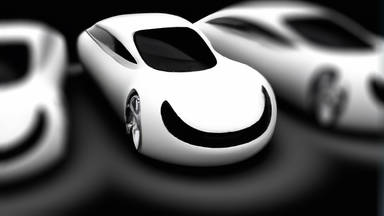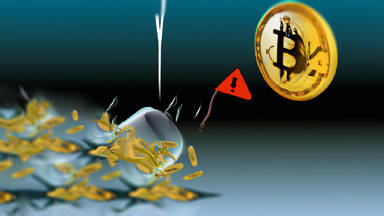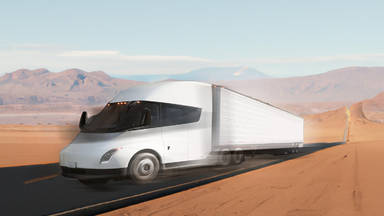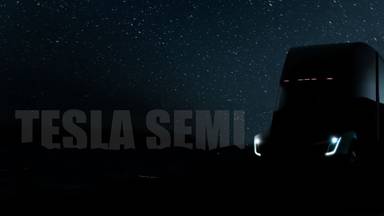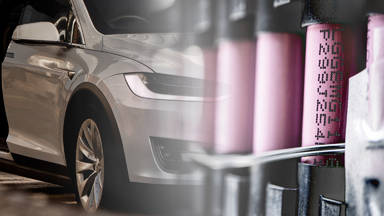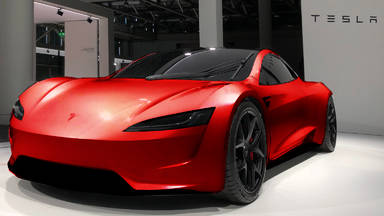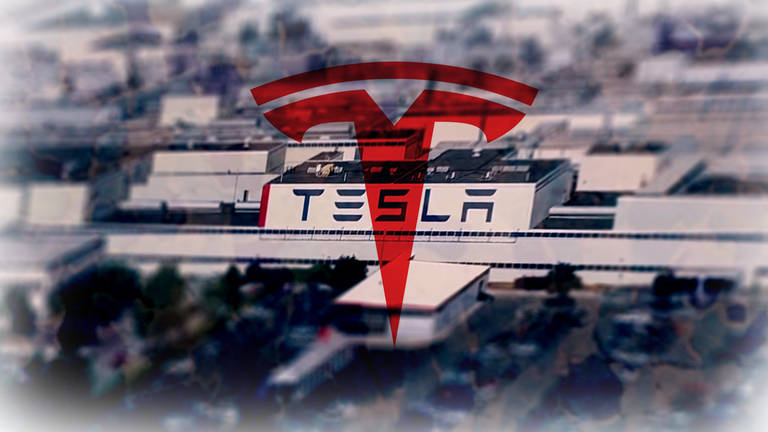
Tesla's gigafactory in Fremont, California is probably one of the most popular auto plants in the world. About a decade ago, Tesla was a struggling startup in the automotive industry and narrowly escaped the clutches of bankruptcy in a stroke of good fortune which ironically was caused by an economic crisis that hit the automotive industry hard.
Tesla was able to buy a massive factory for only 42 million dollars, a fraction of the original price which was 1 billion dollars. With the factory secured, Tesla set out on a mission to build the most advanced automotive plant in the world. They remodeled the factory extensively fitting it with state-of-the-art equipment, including so many robots. Let's take a look at Tesla's crazy AI manufacturing revolution, and the way it produces cars in Fremont Factory.
Working with Tesla, Elon Musk applied his innovative thinking to revolutionize the process of vehicle production. This can be clearly seen in the functionality of the Fremont Gigafactory. In contrast to other car manufacturers, whose components largely come from other factories, Tesla builds their cars from scratch. The factory, which was built on a piece of land the size of 185 football fields and has 5.3 million square feet of manufacturing space, comprising sub-assembly lines which feed the main assembly line with the various individual components of the cars.
Automobile production at the Tesla factory begins with giant aluminum coils, some of which weigh as much as 20,000 pounds. A robot lifts up these coils from above and feeds them into another machine called the blanking machine. The blanking machine uncoils the aluminum, then flattens it. It uses special tools, including lasers, to cut the uncoiled aluminum into flat sheets of metal called blanks. The blanks are then transferred by robots from a blanking machine into a giant hydraulic press, which stamps the blanks into the required shape, forming parts of the car such as the doors, hoods, side panels, and trunks. Those parts are later assembled to create the body and chassis of the car.
You have probably noticed by now that it seems like robots and other machines in the Tesla factory do quite a lot of work. While definitely humans are involved in the manufacturing, most of the processes are automated. The factory has around 200 robots of varying sizes and complexity. Some of the robots in the manufacturing floor are small and others big enough to lift an entire car. Some robots are incredibly complex and can perform delicate tasks and even switch up their tools to perform different sets of tasks. On the other hand, some robots are very simple with only minimal programming and some proximity sensors. Such "Dumb" robots are mainly used to transport heavy items from one part of the gigafactory to another along a fixed route, which is mapped out by magnetic strips on the floor.
Tesla's aim with this manufacturing process is to utilize automation to the fullest. While the standard for many other automobile manufacturing factories is to use robots primarily for heavy lifting or really fast processes, Tesla's goal is to integrate cutting-edge robotics and other technologies as innovatively and efficiently as possible.
Even though Tesla has thousands of people employed in the gigafactory, Automation is a key feature that shows up in almost every step of the manufacturing process. What's interesting is that most of the Tesla Gigafactory robots are named after X-Men characters, including Cyclops Wolverine and Iceman. Each robot is worth up to fifty thousand dollars.
Once the machines are done shaping the aluminum into individual parts that will make up the car body and chassis, these parts are placed on conveyor belt which sends them to human workers for inspection. After they've passed inspection, these parts are sent off for storage in a huge warehouse. From the warehouse the completed parts are taken to the body shop, where they are assembled by another set of robots.
The assembly process begins with the underbody, which is the floor of the car. Afterwards, the sides of the car are added on. And finally, the front part is attached.
This process is a little different with production of the Model 3 which is mostly carried out by robots that weld the pieces together using about 5,000 welds. The Model 3 is Tesla's first affordable car and is set to be manufactured on a large scale. This calls for a faster production speed than required for Model S and Model X.
When all the parts are put together, the car body is formed and is ready to be painted. A giant robot takes the completed body and places it on a conveyor belt that takes it to the painting area. The painting area is a very clean environment, where specialized robots carry out multiple pre-paint treatments on the body of the car. At the end of it all, a beautifully painted car body emerges out of the painting area and heads to the general assembly line.
The general assembly seems to be the most taxing part of the production process just a few years ago after revealing the affordable Model 3, Tesla embarked on a mission to increase production of the car from just a few units per week to 5,000 units. Elon Musk described the process as "Production hell", because getting the assembly line to move that fast wasn't going to be an easy feat.
In fact, in an extraordinary attempt to increase production, Tesla set up a second assembly line under a huge tent in the parking lot of the factory. The tent was bigger than two football fields and was operated with more manual power and much less automation. Tesla was finally able to achieve its ambitious goal of producing 5,000 Model 3s per week, but was off target by 6 months and at the end of 2019 with the help of its supplementary tent factory, Tesla was able to roll out over 200,000 cars in the general assembly line. A rollercoaster-like piece of machinery carries car bodies, overhead, and battery packs, each weighing about 12,000 pounds and are hoisted up from below. Then workers align these battery packs with the cars and bolt them in place.
One particularly interesting fact that makes the tesla gigafactory stand out from other automobile producing factories is that instead of a long, continuously moving conveyor belt, which has been the industry standard for at least 100 years, now Tesla uses smart carts. The Smart Cart is a cart-like robot designed to carry individual cars and move about the factory as needed, followed by a magnetic strip on the floor of the factory.
Cars on Smart Carts are essentially moving through the factory by themselves, independent of the cars before or behind them on the general assembly line. Parts from other sub-assemblies are added to the body of the car with the help of both robots and humans. Wiring insulation windows, the windscreen, and more are all added on. All the software programming that is needed for each car is also carried out within the same factory.
Tesla's car seats are manufactured in-house, at a factory which is only a few blocks away from the main factory. The manufacture of car seats is one of the few processes that is mainly performed by human workers. Once the complicated processes that go into creating the seats are completed by humans, robots help in the final assembly of the seats. Finished car seats are fitted into the car by a special robot that can also switch up its tool set to transform itself from a seat-fitting robot to become a windshield inserting one.
At the end of the assembly line, a beautiful looking, fully functional car is created. A quality test is carried out on each car to ensure that everything is in order and the performance of the car is up to par.
Because of Tesla's long waiting list, every car that leaves the factory most likely already has an owner. It takes about three to five days for Tesla Model S to go from being a pile of metal to a fully completed car. Tesla decided to use innovative methods to make production as efficient as possible. The company found itself in a nice niche between an automotive company and a tech company as such. They have revolutionized the way cars are made, and potentially set a new standard for other automakers.
